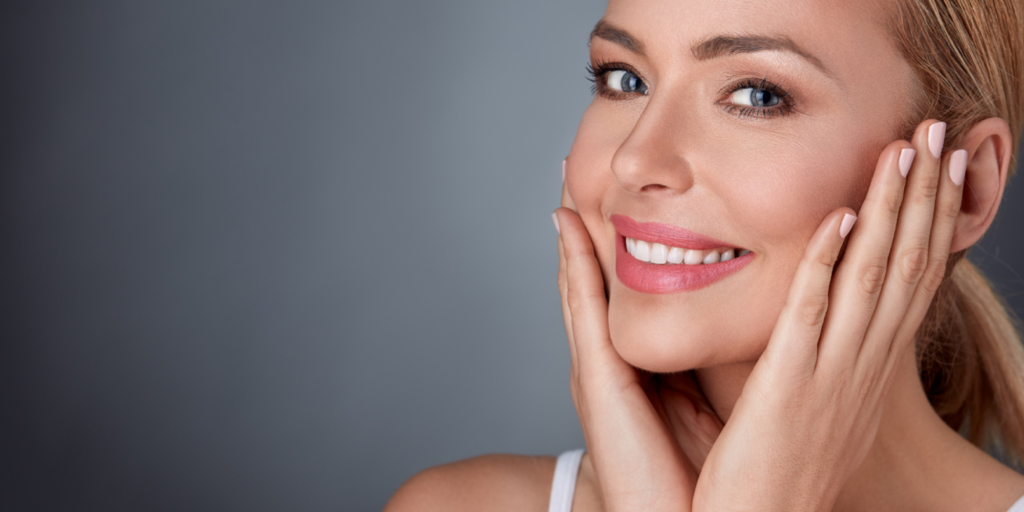Just understanding what your camera does once you take an image can create a huge difference in not only how you get pictures but in the end good quality of the pictures.Let’s begin initially. The initial camera was referred to as “camera obscura” which happens to be Latin for “darker chamber.” It’s a fantastic reputation for the device due to the fact it’s a significant literal translation. The very first cameras were real darkened areas or camping tents having a pin level golf whole lower in the wall. Lighting would come by way of this starting and shift an upside down small picture on to one more work surface inside.
In the beginning designers employed this technique to trace the panorama, man or woman, and many others. This procedure was used by equally amateur and professional performers in many different platforms. There are a few photography enthusiasts who nevertheless take advantage of this approach to make some quite interesting imagery. He has used spaces around the globe to help make straightforward cameras, Camera. He manufactured the spaces themselves in to the camera by covering the windows within the room with gentle restricted fabric and taking away a 1 inch sq. in the center of the window to make easy lenses. These pictures were undertaken by establishing his camera up inside the room by using a very long visibility.
When this occurs in time, there was no chance to preserve the pictures created by this camera. Even so, Johann Heinrich Schultz learned that a metallic and chalk mixture darkens less than contact with lighting. Early on picture taking constructed on these developments and advancements. The first photographic cameras were in essence comparable to camera obscura, although normally with the addition of sliding containers for focusing. Prior to each and every exposure, a sensitized platter can be put while watching screen to document the graphic. The very first long term picture is made using a tactic air drone zubehör manufactured by Charles and Vincent Chevalier in Paris and constructing on Schultz’s breakthrough about gold and chalk mixtures darkening when in contact with lighting. Other kinds of making these long lasting graphics ultimately created. Jacques Daguerre’s well-known daguerreotype method applied copper plates, whilst the method designed by William Fox Talbot documented graphics in writing.
Even so there seemed to be 1 difficulty. All these sorts of cameras needed an extended publicity time and energy to record the picture. Which is until 1850 when Frederick Scott Archer created the collodian drenched dish procedure which minimize exposure times significantly? Normally the one downfall for this approach was it essential photography lovers to make and develop their window plates immediately, usually in some form of mobile phone darkroom. Other sorts of drenched dish cameras are intended as well, like the ambrotypes and tintypes, however they all necessary some form of immediately processing.
